Menu
blog
|
After an initial successful flight to prove the wings would stay on and the plane doesn't generally disintegrate in flight we've been able to fly the MkII again and are happy with the results. We wanted to test two things:
Check out our video of the MkII in flight below... Ultrasonic interference It was our plan to test this in flight but unfortunately we weren't able to do this as in our last flight we snapped our motor shaft (which holds the propeller) from the plane which means we'll have to fix this before more flying (and add some landing gear!). Fortunately, we did take some readings on the ground at approximately 50% throttle (which keeps the plane level). Peter at Peersonic has kindly provided us with a new microphone to test which discriminates against 8kHz and below. We tested the new and standard mics at the full fuselage extension with the mic facing perpendicular to the fuselage. Original Microphone New Microphone What do the results tell us? We can compare these two recordings with audio from the previous plane model. In this image we have the images above on the left and right respectively and a recording from the previous plane in the centre. Clearly the new plane design reduces the amount of noise by putting more distance between the microphone and propeller. Hopefully with this new setup we'll have more chance of spotting bat calls in our sonograms. Real world testing to follow!
0 Comments
In our efforts to replicate all of Batman's modes of transport in miniature we thought the Batboat would be a fairly easy hit... This was an idea which originally came about from discussing the possibility of monitoring bats over water using the BatUAV. We then thought, why not just use a boat? This idea was put aside as we were concentrating on the planes but later on Peter at Peersonic also had the idea independently and put it to us. The result is this fine vessel: Oh wait, no, that's not the one... This looks more like it, the little one called Princess: So we've ended up with a boat from hobbyking called Princess. She's about 1m long and 30cm wide and can travel incredibly quickly (at about 35mph, which we don't need but it's always fun). There's quite a few challenges to overcome in using a boat autonomously:
We've plugged in a Pixhawk flight controller which can run Ardurover which controls ground vehicles such as a boat. The Batboat works just fine using this. Have a look at our video below for the initial runs. As for the ultrasonic interference we've tried out a new microphone from Peter which discriminates against 8kHz and below (to try and cut out some interference). Below are some sonograms of the results at the bow and the stern. Bow Stern
Obviously, the interference at the stern makes the microphone here essentially unusable. The bow is much better but we'll need to protect the microphone from any splashes. Hopefully we'll be able to turn off the motor and ensure there's practically zero interference whilst collecting data. Exactly how this is going to work in moving water is uncertain at the moment as we'll need to test position hold. We didn't manage to fit in any GPS testing (ie autonomous piloting) but watch this space for more testing soon! |
Categories
All
Archives
March 2017
|
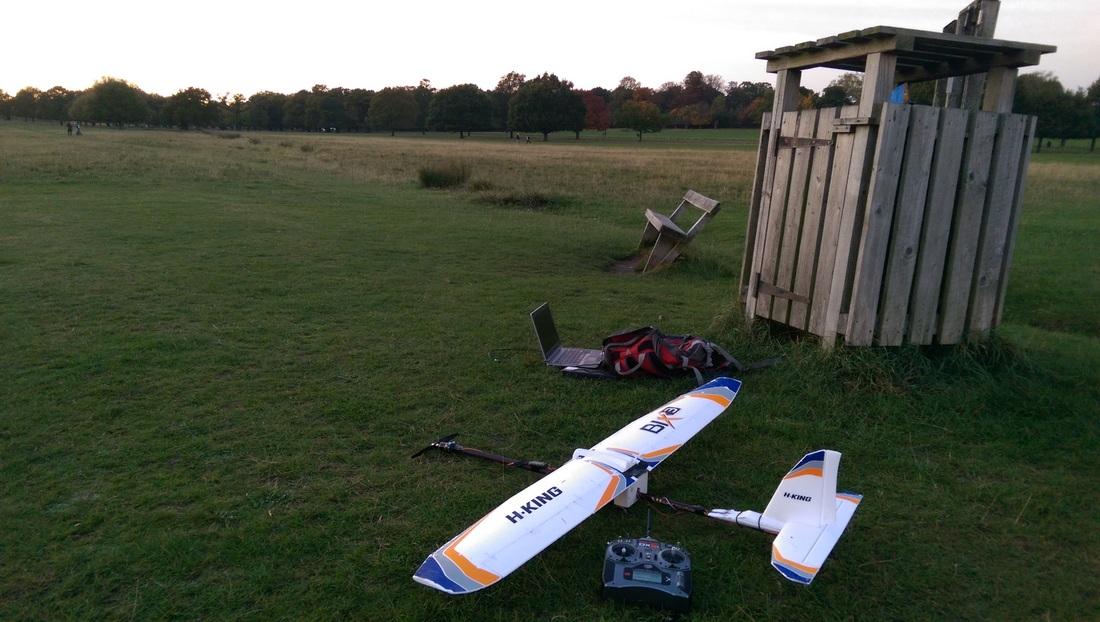
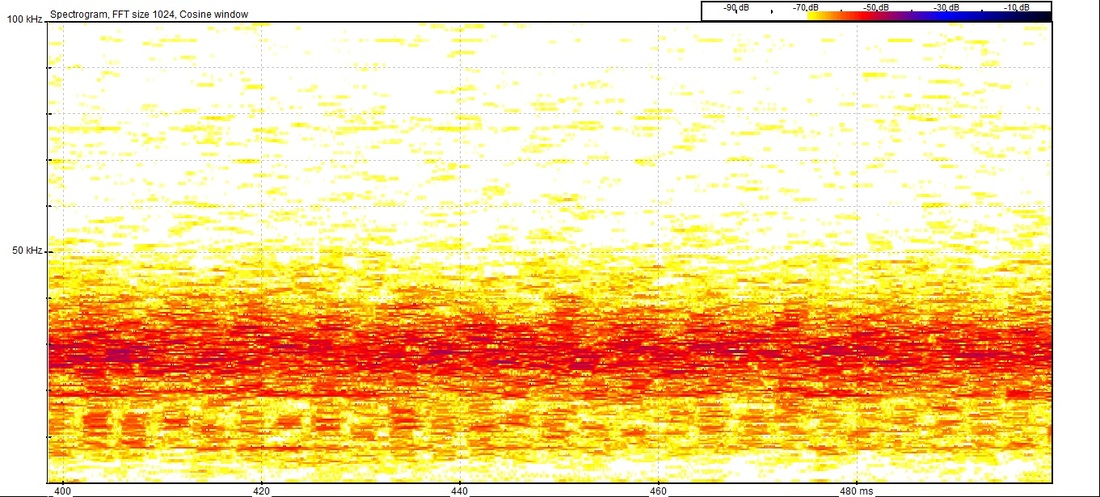
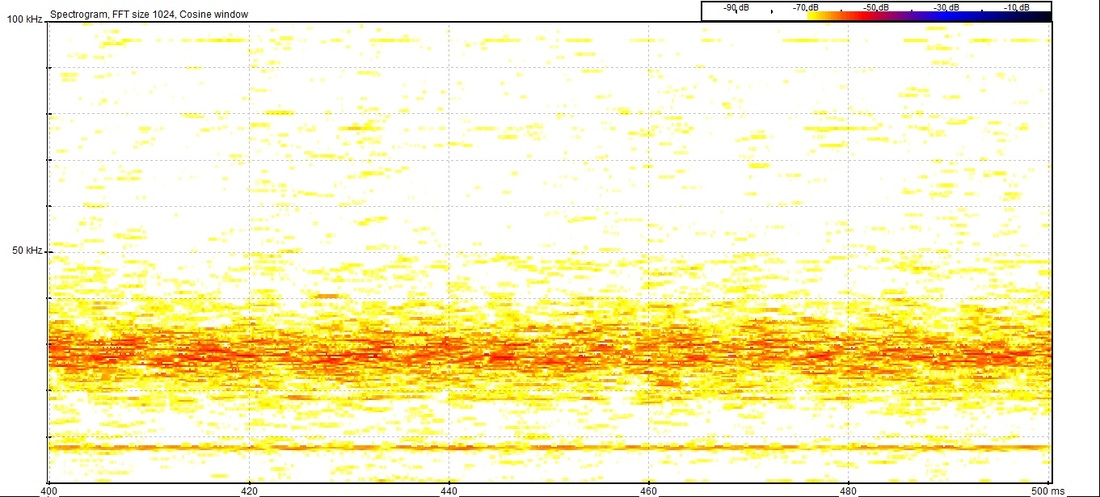
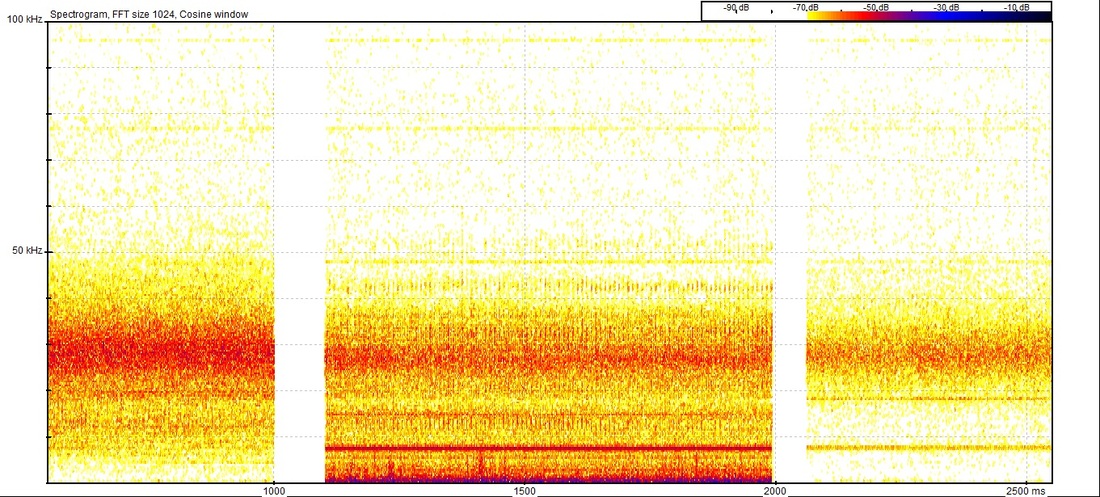

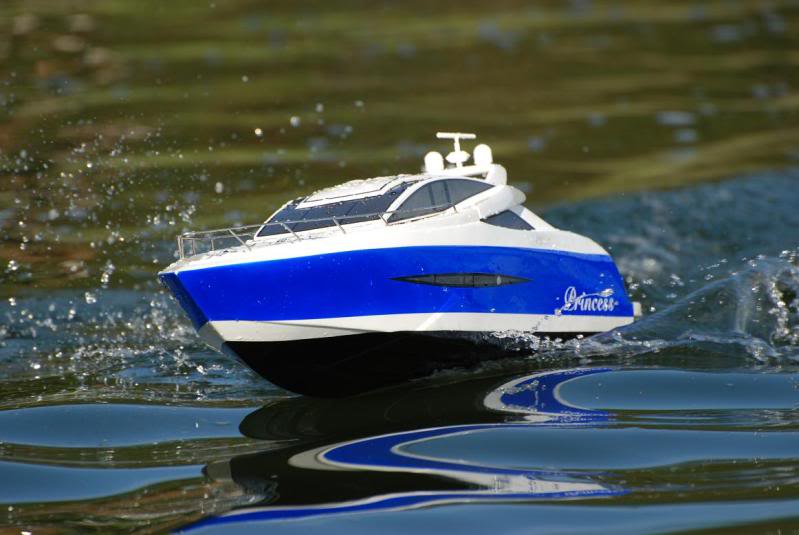
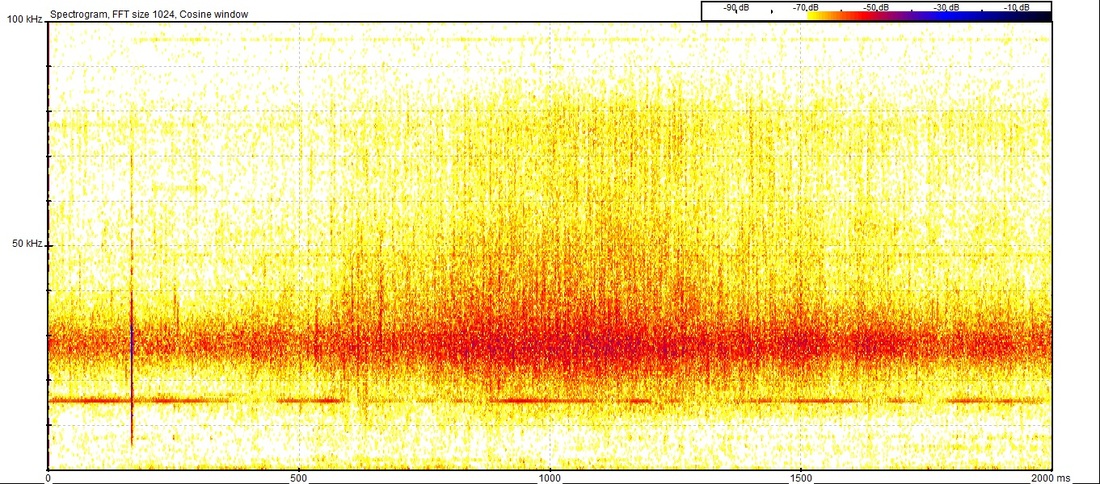
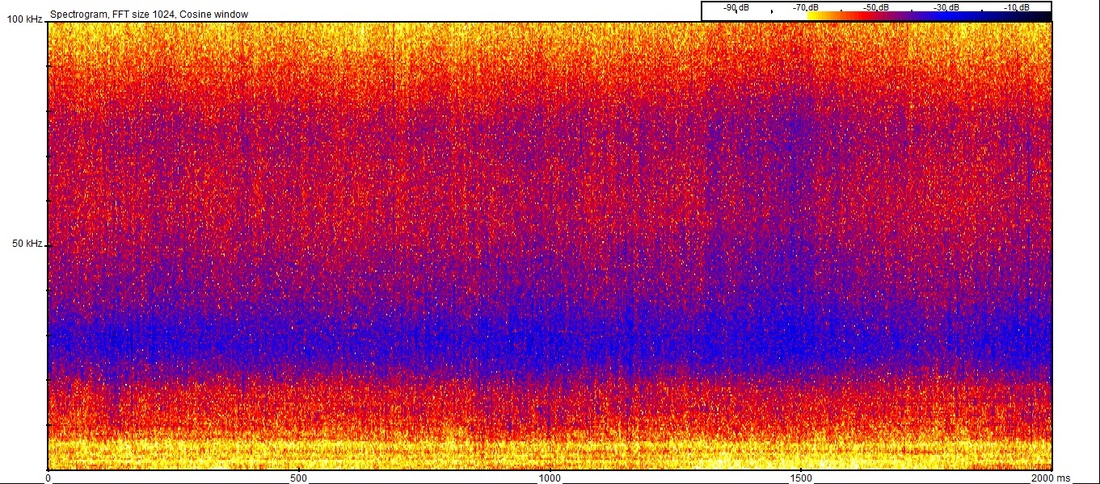
 RSS Feed
RSS Feed
